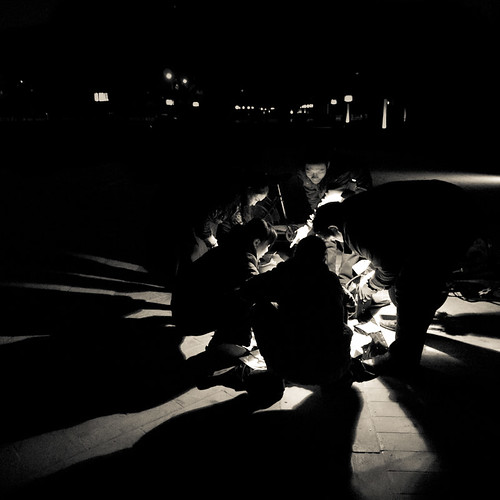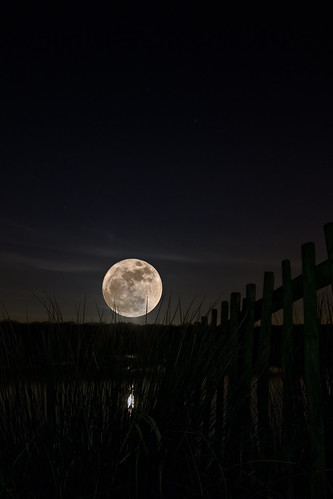Volgens Google Translate: “We elkaar weer ontmoeten”.
Blijft leuk, zo’n ‘rig shot’..
The Hunter’s Moon is so named because plenty of moonlight is ideal for hunters shooting migrating birds in Northern Europe. The name is also said to have been used by Native Americans as they tracked and killed their prey by autumn moonlight, stockpiling food for the winter ahead. The Hunter’s Moon and Harvest Moon are not brighter, smaller or yellower than during other times of the year, but all full moons have their own special characteristics, based primarily on the whereabouts of the ecliptic in the sky at the time of year that they are visible. The full moons of September, October and November, as seen from the northern hemisphere—which correspond to the full moons of March, April and May as seen from the southern hemisphere—are well known in the folklore of the sky.
Wikipedia









